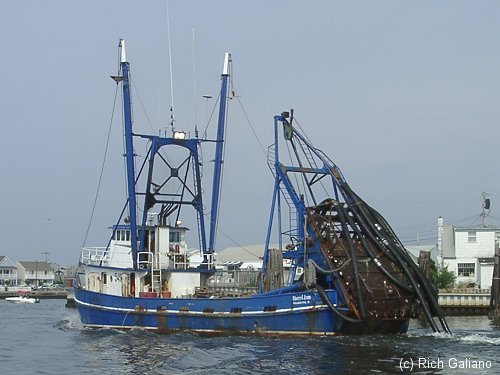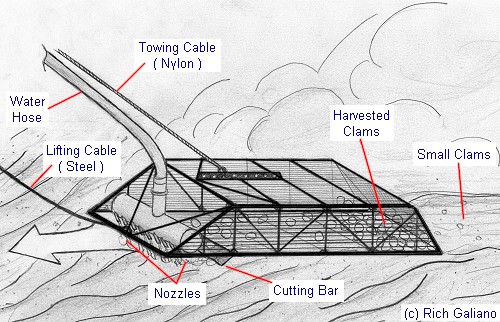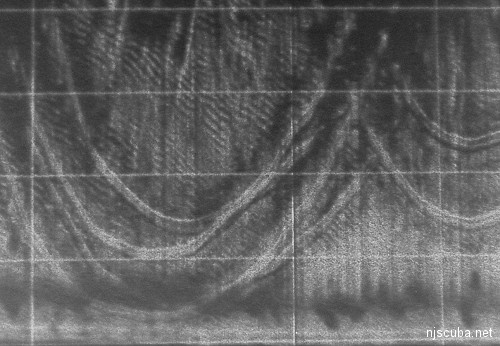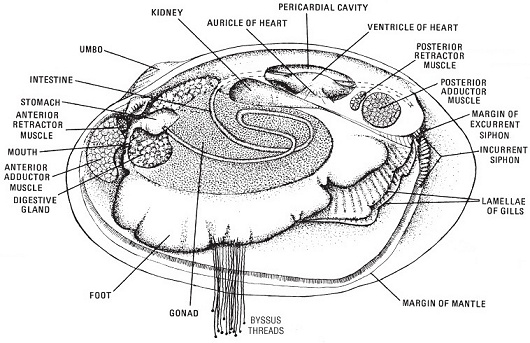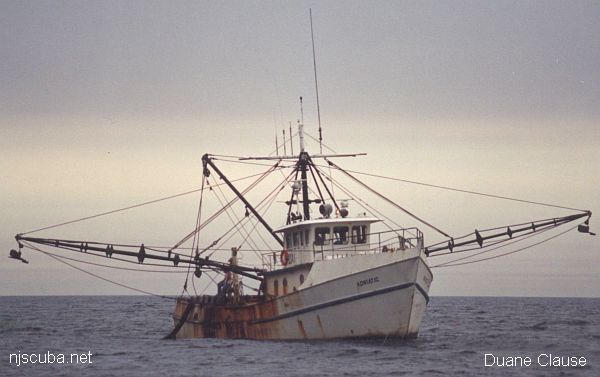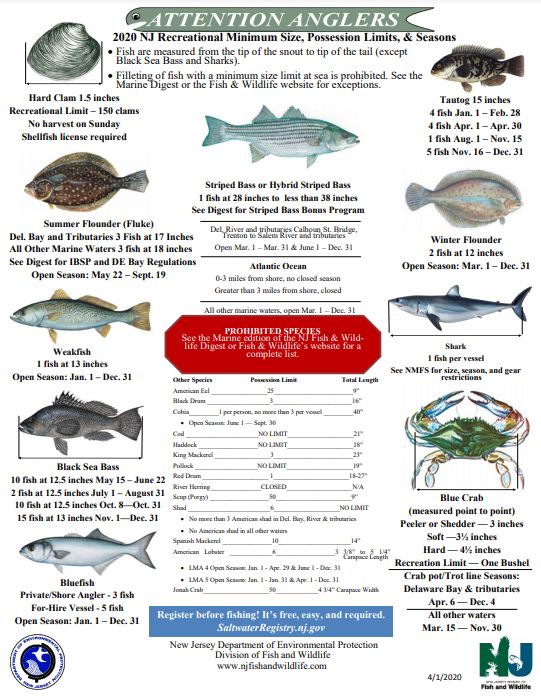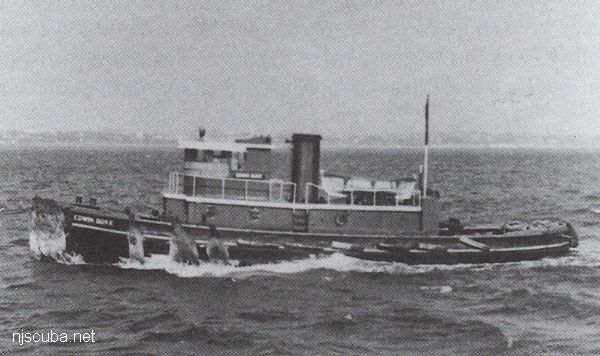Clams
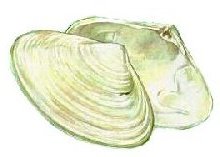
The inshore wrecks are sometimes surrounded by the empty shells of Surf Clams Spisula solidissima, right, to 7" across. Large numbers of the white shells also wash up on beaches. Surf Clams are found subtidally down to 100 feet ( which makes you wonder why they are called surf clams. )
Tiny angel wing-shaped Coquina clams Donax variabilis less than 1 inch long do live in the surf, on wave-tossed sandy beaches.
Edible Quahogs Mercenaria mercenaria are smaller and darker than surf clams, usually 2-4" across. The tongue-like muscular foot is used to dig in the sand. This is the part that is used in chowders and other recipes. Quahogs are found in shallower water than Surf Clams, generally along beaches and bays.
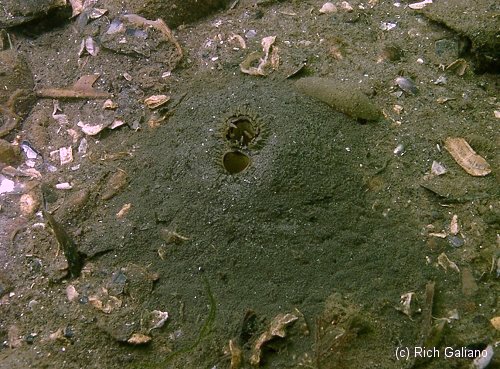
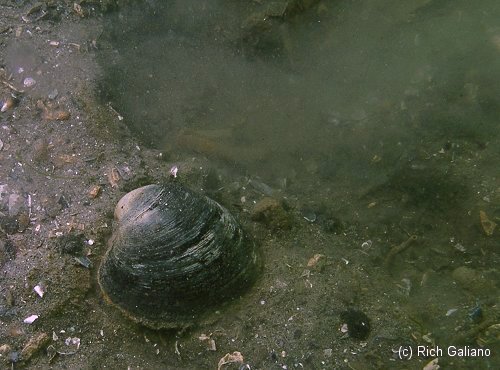
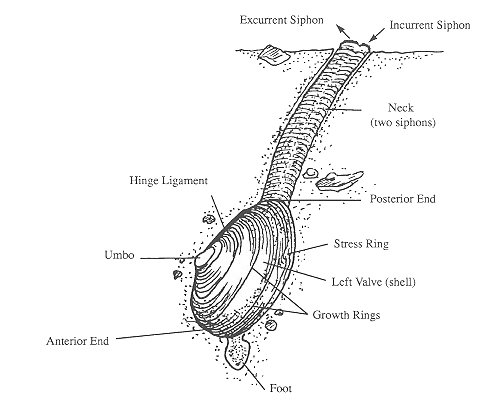

The Razor Clam Ensis directus, to 10" (right) burrows deeply, and can also swim with its long muscular foot. Generally, only dead empty shells are found. Razor Clams are not usually eaten and are fast diggers that are not easy to catch. They live in sandy mud, subtidal down to 120 ft. There are many other types of clams.
